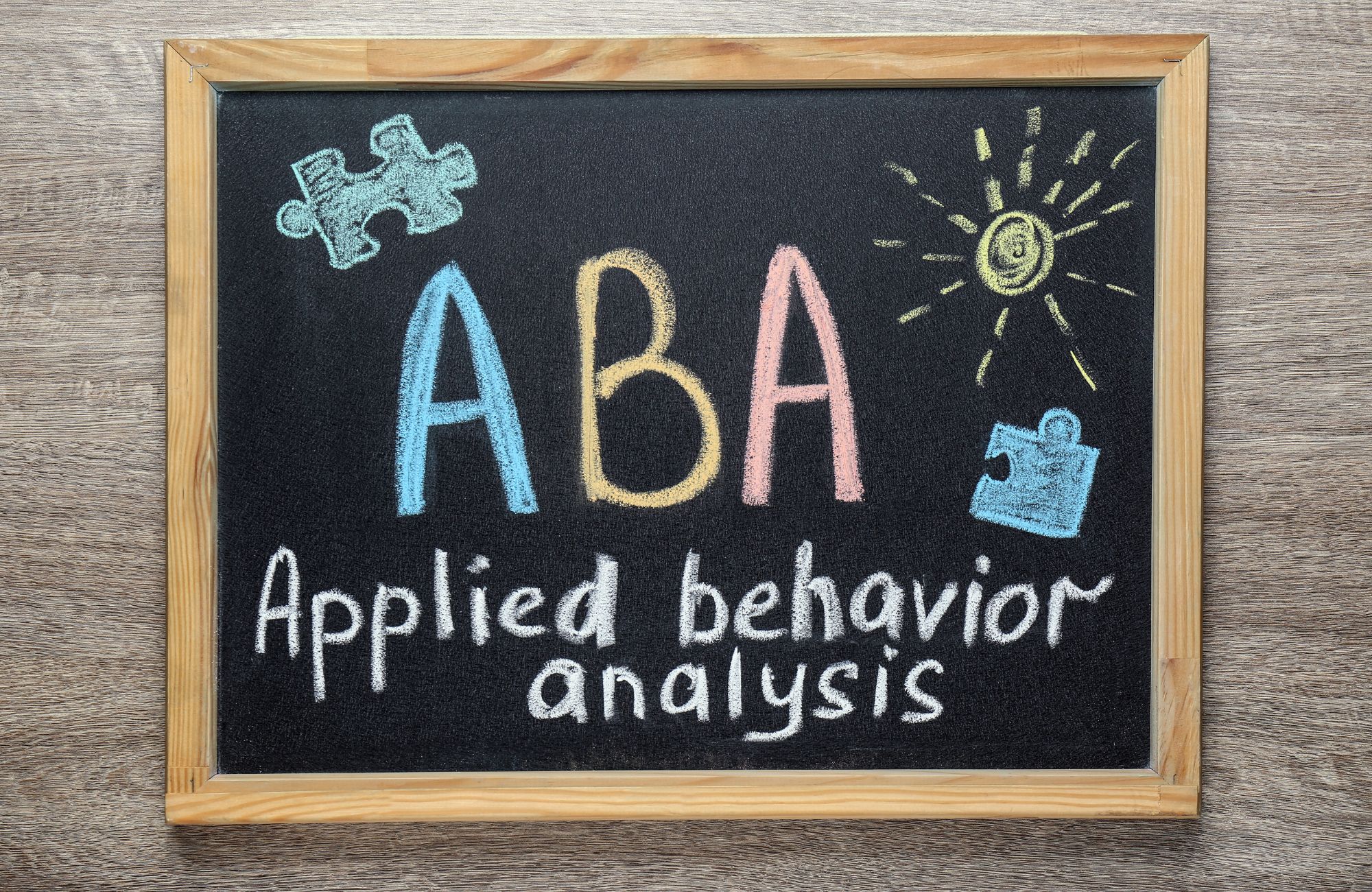How to Be an ABA Therapist: Step-by-Step Career Guide
Applied Behavior Analysis (ABA) therapists work closely with individuals who experience behavioral, communication, or developmental challenges most commonly, children diagnosed with autism spectrum disorder (ASD). ABA therapy uses evidence-based strategies to improve social, academic, and daily living skills by focusing on how behavior works and how it is affected by the environment. Let’s dive into the topic: How to Be an ABA Therapist.
ABA therapists develop structured intervention plans, observe behavioral patterns, and help clients build positive habits through techniques like positive reinforcement and task breakdowns. They often collaborate with family members, school staff, and other professionals to ensure holistic treatment plans that support long-term progress. Whether working in private practices, schools, or homes, ABA therapists play a vital role in enhancing quality of life through targeted behavior support.
Step 1: Understand the Role and Scope of ABA Therapy
Before starting your journey, it’s important to fully understand what ABA therapists do. Their work is grounded in behavioral science and focuses on improving the quality of life for individuals with developmental disabilities or behavioral challenges.
ABA therapists typically:
- Deliver one-on-one sessions using intervention strategies
- Track behavioral progress through data collection and analysis
- Implement treatment plans designed by a Board Certified Behavior Analyst (BCBA)
- Collaborate with occupational therapists, educators, and family members
This role requires patience, attention to detail, strong communication skills, and a genuine desire to help others.
Step 2: Earn a Relevant Bachelor’s Degree
The first formal step is completing a bachelor’s degree in psychology, education, social work, or a related field. While this degree alone won’t qualify you to become a BCBA, it builds a strong foundation in human behavior, developmental psychology, and clinical work.
A bachelor’s degree will also help you:
- Qualify for entry-level roles such as ABA technician or Registered Behavior Technician (RBT)
- Meet the education requirements for graduate-level ABA programs
- Gain exposure to fields like special education and behavioral science
Many aspiring ABA therapists start gaining experience during their undergraduate years through internships, assistant roles, or volunteer work in therapy-based settings.
Step 3: Gain Experience in the Field
Before enrolling in graduate school, it’s highly beneficial to gain practical experience in ABA therapy. This allows you to confirm your interest in the field while building valuable hands-on skills.
You can:
- Work as an RBT after completing a 40-hour training course and a competency assessment
- Assist in therapy sessions under the supervision of a BCBA
- Volunteer or work part-time at a clinic, special education program, or mental health center
Experience helps you learn how to actively listen, interpret non-verbal cues, apply positive reinforcement techniques, and manage real-world challenges in therapy sessions.
Step 4: Complete a Master’s Degree in Applied Behavior Analysis or Related Field
To become a Board Certified Behavior Analyst (BCBA), you must complete a graduate degree from a program that includes a verified course sequence approved by the Behavior Analyst Certification Board (BACB).
Ideal graduate programs include:
- Master’s in Applied Behavior Analysis
- Master’s in Psychology with a behavioral focus
- Behavioral Analysis Graduate Programs affiliated with BACB
During your program, you’ll study:
- Intervention strategies and treatment plans
- Ethical practices for behavior analysts
- Theoretical foundations of behavioral therapy
- Data collection and analysis
Choose a program that offers supervised fieldwork opportunities, as these hours are essential for certification eligibility.
Step 5: Accumulate Supervised Practical Experience
The BACB requires hands-on clinical work under the supervision of a certified BCBA. You must complete between 1,500 and 2,000 hours of supervised experience, depending on the intensity of your fieldwork schedule.
Your supervised experience should include:
- Direct therapy with clients
- Data collection and behavior measurement
- Treatment planning and implementation
- Working with other professionals and families
This phase allows you to apply what you’ve learned in your master’s program in real-world scenarios, helping you grow as a clinician and prepare for certification.
Step 6: Pass the BCBA Certification Exam
Once you’ve completed your education and supervision requirements, you can apply to take the BCBA certification exam. This rigorous exam tests your knowledge in key areas such as behavior-change procedures, client-centered responsibilities, ethical guidelines, and data analysis.
To prepare:
- Review all verified coursework materials
- Take practice exams from approved providers
- Study using the BCBA task list and exam guide from the BACB
Passing this exam grants you full certification as a Board Certified Behavior Analyst, allowing you to independently design and oversee ABA therapy services.
Step 7: Apply for Licensure (If Required in Your State)
While BCBA certification is nationally recognized, some states also require behavior analysts to obtain a state license to practice. Licensing requirements vary, so check with your local board or licensing authority to understand what’s needed in your area.
In many states, this includes:
- Proof of BCBA certification
- Background checks
- Additional application fees or continuing education plans
Becoming a licensed therapist ensures compliance with local regulations and expands your employment opportunities.
Step 8: Start Your Career as an ABA Therapist
With certification and licensing in place, you’re now ready to start your career as an ABA therapist or BCBA. Depending on your interests, you can work in a variety of settings including:
- Schools and early intervention programs
- Private practices or outpatient clinics
- In-home therapy services
- Hospitals and developmental disability centers
Many employers require therapists to maintain continuing education credits and participate in professional development activities. Joining organizations like Association Behavior Analysis International (ABAI) can also support your long-term growth.
Conclusion: How to Be an ABA Therapist
Becoming an ABA therapist is a multi-step journey that combines education, supervised experience, and a deep commitment to supporting individuals with developmental disorders. From foundational coursework to board certification, each step prepares you to join a field led by experienced ABA therapists and professional behavior analysts who make a meaningful difference in the lives of others. With the right training and guidance, you can build a rewarding career helping clients develop vital skills and achieve measurable progress.
Affinity ABC is here to support aspiring ABA therapists with expert insights, educational guidance, and real-world experience to help you succeed. Whether you’re exploring the field or ready to start your certification process, our team is here to help every step of the way. Contact us today to learn more about your options or connect with our experts.
FAQs
What are the 7 requirements of ABA?
The seven core dimensions of ABA are: Applied, Behavioral, Analytic, Technological, Conceptually Systematic, Effective, and Generality. These principles guide how behavior analysts design and implement intervention strategies that are ethical, measurable, and meaningful to the individual’s everyday life.
Where do ABA therapists make the most money?
ABA therapists tend to earn the highest salaries in states like California, New Jersey, Massachusetts, and Hawaii. Urban areas with higher demand for autism treatment services or strong insurance coverage also tend to pay more, especially for BCBAs working in private practices or clinical leadership roles.
How to get started with ABA therapy?
Start by earning a relevant bachelor’s degree and completing entry-level ABA training like the RBT certification. Volunteering or working in schools or clinics that provide ABA therapy services can also help you gain experience before committing to a graduate program or certification path.
How do I get training in ABA?
Training typically involves coursework through a university or approved provider, followed by supervised practical experience. Many master’s programs offer verified course sequences that meet BACB certification standards. Additionally, RBT training can be completed online in as little as 40 hours, making it a fast way to enter the field.









